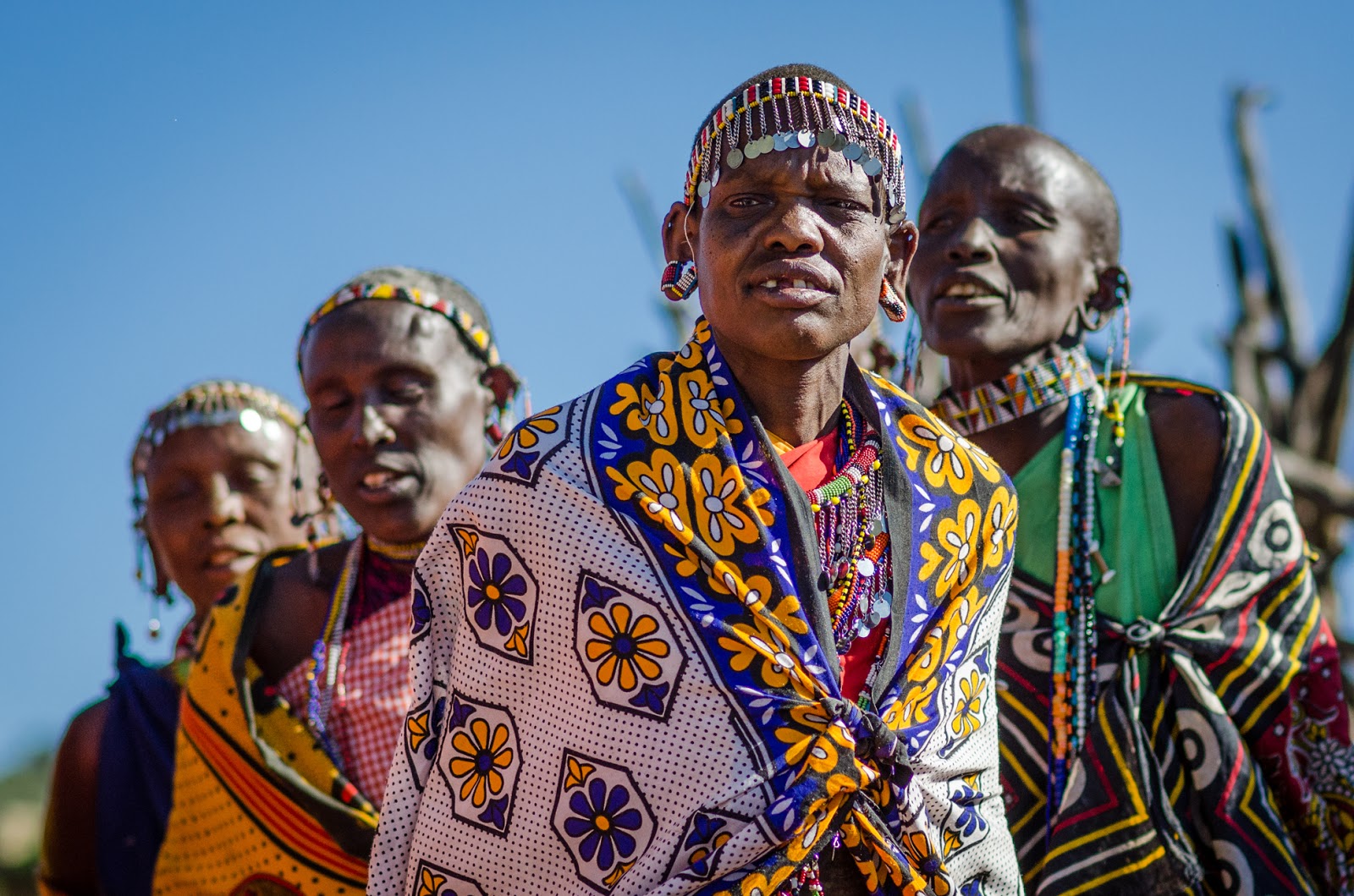The tribes of Kenya are a vibrant tapestry of cultures, languages, and traditions that reflect the rich history of this East African nation. With over 40 distinct ethnic groups, each with its own unique customs, practices, and social structures, understanding these tribes provides insights into the daily lives of millions of Kenyans.
This article delves into the fascinating world of Kenya's tribes, highlighting their cultural significance, traditional practices, and the challenges they face in modern society. By exploring the diverse cultures of the Kikuyu, Maasai, Luo, and other tribes, we can gain a deeper appreciation for the heritage that shapes Kenya's identity.
From their unique languages to their traditional ceremonies, the tribes of Kenya are not just a part of history; they are living cultures that continue to evolve. Join us as we embark on a journey to discover the tribes of Kenya and their contributions to the nation's rich cultural mosaic.
Table of Contents
- Introduction
- Biography of Major Tribes
- Cultural Significance of Kenyan Tribes
- Social Structure of Kenyan Tribes
- Economic Activities of the Tribes
- Challenges Faced by Tribes in Modern Society
- Preservation of Culture
- Conclusion
Introduction
The tribes of Kenya, each with their own unique identity, play a crucial role in shaping the cultural landscape of the country. From the pastoral Maasai to the agricultural Kikuyu, the traditions and ways of life of these tribes are integral to understanding Kenya itself.
Biography of Major Tribes
Kenya is home to a multitude of tribes, each with its own history and traditions. Here are some of the major tribes:
Kikuyu Tribe
The Kikuyu are the largest ethnic group in Kenya, known for their agricultural practices and strong community ties.
| Data | Details |
|---|---|
| Population | Approximately 7 million |
| Language | Kikuyu (Gikuyu) |
| Traditional Occupation | Agriculture |
Maasai Tribe
The Maasai are recognized for their distinctive customs, dress, and semi-nomadic lifestyle. They are primarily cattle herders and have a rich tradition of oral storytelling.
| Data | Details |
|---|---|
| Population | Approximately 1.5 million |
| Language | Maasai |
| Traditional Occupation | Cattle Herding |
Luo Tribe
The Luo tribe is known for their fishing skills and is predominantly found around Lake Victoria. They have a vibrant cultural heritage that includes traditional music and dance.
| Data | Details |
|---|---|
| Population | Approximately 2 million |
| Language | Luo |
| Traditional Occupation | Fishing and Agriculture |
Cultural Significance of Kenyan Tribes
The tribes of Kenya contribute significantly to the national identity through their unique customs, art, and social practices. Their languages, rituals, and art forms are vital in promoting cultural heritage.
- Rituals and ceremonies, such as initiations and weddings, are essential in maintaining cultural ties.
- Traditional music and dance play an important role in community gatherings and celebrations.
- Artisan crafts, including beadwork and pottery, reflect the creativity and skills passed down through generations.
Social Structure of Kenyan Tribes
The social structure within Kenyan tribes is often hierarchical and community-oriented, focusing on collectivism rather than individualism. Each tribe has its own systems of governance and social organization.
- Leadership is typically based on age, wisdom, and experience.
- Families are often extended, with communal living being a common practice.
- Roles within the tribes are traditionally divided along gender lines, with men often responsible for herding and women for household chores.
Economic Activities of the Tribes
The economic activities of Kenyan tribes vary widely, reflecting their geographical locations and cultural practices. Common activities include:
- Agriculture: Many tribes, such as the Kikuyu, engage in farming and cultivation of crops.
- Pastoralism: Tribes like the Maasai rely on livestock for their livelihood.
- Fishing: The Luo people engage in fishing, particularly around Lake Victoria.
Challenges Faced by Tribes in Modern Society
Despite their rich cultural heritage, tribes in Kenya face numerous challenges in the contemporary world. These include:
- Urbanization leading to loss of traditional lands and lifestyles.
- Climate change impacting agricultural practices and food security.
- Government policies that may not always favor indigenous practices and rights.
Preservation of Culture
Efforts to preserve the cultures of Kenyan tribes are crucial in ensuring their survival. Initiatives include:
- Community programs aimed at teaching traditional practices to younger generations.
- Cultural festivals promoting tribal traditions and fostering pride among members.
- Engagement with NGOs and government bodies to protect the rights of indigenous peoples.
Conclusion
In summary, the tribes of Kenya are a vital part of the nation's identity, contributing to its cultural richness and diversity. Understanding these tribes allows us to appreciate their traditions, challenges, and the importance of preserving their heritage. We encourage readers to engage with and learn more about these fascinating cultures, whether through travel, education, or supporting cultural preservation efforts.
Feel free to leave your thoughts in the comments section below, share this article with others, or explore more about the tribes of Kenya on our site!
Thank you for taking the time to learn about the tribes of Kenya. We hope to see you back here for more insights into the world's diverse cultures.
Article Recommendations
- Unveiling The Stature Of Alex Pereira Understanding His Height And Impact
- Unveiling The Love Story Of Jerry Cantrell And His Wife
- David Hefner


